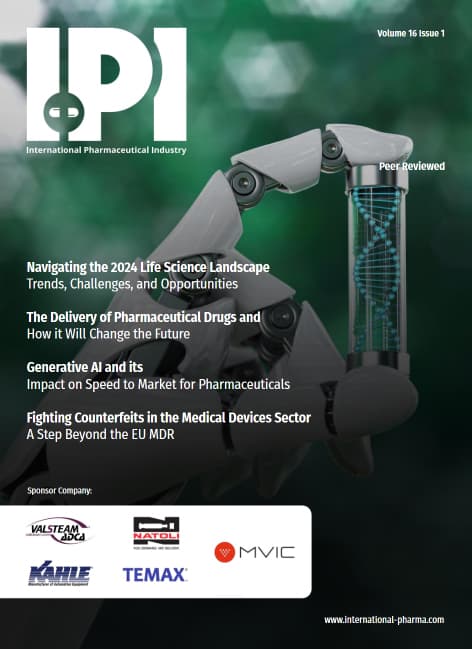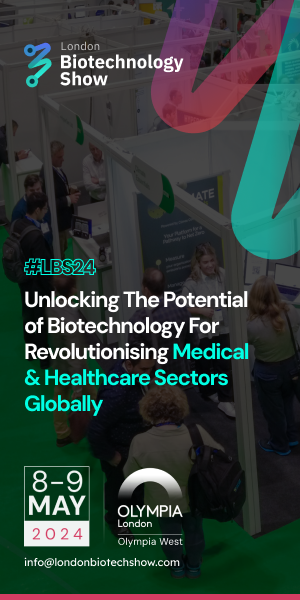Device complexity can be a double-edged sword for sustainability. On the one hand, designers need to find effective ways to encourage patient adherence and reduce the number of wasted devices and treatments. On the other, they need to balance this against the environmental impact of introducing more complex parts to the device to achieve this. Brennan Miles at Team Consulting explores how to determine the environmental trade-offs of device complexity in your medical device development.
Extract:
‘Assessing the Environmental Trade-Offs of Medical Device Technology’
Device complexity can be a double-edged sword for sustainability. On the one hand, designers need to find effective ways to encourage patient adherence and reduce the number of wasted devices and treatments. On the other, they need to balance this against the environmental impact of introducing more complex parts to the device in order to achieve this. So how do you determine the environmental trade-offs of device complexity in your medical device development?
Adherence & digital technology
Before you can make an informed decision on the environmental trade-offs of added device complexity, it’s important to understand the adherence issue and how this also contributes to the sustainability challenge. Treatment through ‘at home’ or ‘on-the-go’ drug delivery is fast becoming normal practice for many conditions. Despite this, several years ago the World Health Organization (WHO) estimated that only 50% of patients successfully take their medication as prescribed. The WHO also suggested that poor adherence is not only detrimental to patient health, it also has a direct impact on the environment due to overuse of both medicines and devices.
In order to tackle this, device developers have been confronting the issue of non-adherence from the ‘bottom up’. Following a user-centred approach, designers are striving to ensure patients have the right tools, instruction, and support to help improve device usability and reduce the burden of taking medication. As part of this, many developers are looking to new technologies to help.
Advances such as on-board electronic sensing, monitoring and connectivity have indeed paved the way for improvements in patient adherence. Digital connectivity within inhaler devices, for example, can provide users with feedback on correct usage and help them monitor and log other valuable data. While real world data on the benefit of digital technologies is limited, the goal of the medical device industry is for patients to become more likely to adhere to treatment regimens and better equipped to manage their own health conditions. This could then in turn reduce the need for further environmentally costly healthcare interventions.
Click the download button below to read the complete version of ‘Assessing the Environmental Trade-Offs of Medical Device Technology’ by Brennan Miles at Team Consulting
























